Obtaining Paint
The oldest materials used in the paint were derived from animal, vegetable, and mineral sources, with earth or mineral paint being the most common.
White and yellow paint was obtained from white and yellow clays along river beds, and buffalo gallstones produced a different kind of yellow. Green paint was obtained from copper ores. One type of blue paint came from drying a certain type of duck manure, and some tribes would combine bluish mud and yellow clay to make green paint.
Powdered charred wood and black earth were used in making black paint.
The base for red paints probably the most commonly used color was crimson-colored clay. A brownish-red paint could be obtained by baking yellow clay over ashes until it turned red.
Older Uses of Face Paint
The painting of a man's face and body among the plains tribes during the buffalo days was said to be a form of mental conditioning. Warriors would paint themselves with personal protective designs and colors before they engaged in battle with an enemy. Hence the stereotypical term “war paint”.
This paint would have been prayed over. It was believed that Indians' prayers were put into the paint, and when applied, the power of the prayers was conveyed to the wearer.
Other times there might even be special songs sung when the paint was applied. Some applied the paint themselves; others preferred to be painted by a holy person or medicine man.

Modern uses of face paint
Today face paint is still used by many Plains tribe Indians for a variety of reasons. Many events, such as Sun Dance Ceremonies, Naming Ceremonies, Society Ceremonies, Healing Ceremonies, and events for returning veterans may involve the painting of faces in one form or another.
Some designs and color patterns may be “owned” by individuals, families, clans, or societies. Depending on the tribe, the right to wear a design and color pattern may be handed down from one individual to a younger relative. For example, an old combat veteran, too feeble to dance at pow wows anymore, could give his young grandson the right to use his face paint pattern and colors when he dances.
Other Native American tribes, including those of the Southern Plains, have similar variations of eye paint in different colors and different patterns such as in a “v” shape coming out from the corner of the eye, in a “v” shape with a center line or also known as a “crow’s foot” design, or a series of small dots.
Lastly, whether you are a Northern Traditional Dancer, a Southern Straight Dancer, a Fancy Feather Dancer, a Chicken Dancer, or a Grass Dancer, and you are considering wearing face paint, the first question you should ask yourself is “why”. Why should you be wearing it? It may be for protection; to honor someone else; to be part of your personal experiences as a veteran; to follow the dictates of a dream or visionary experience; or to show family, clan, or social ties.
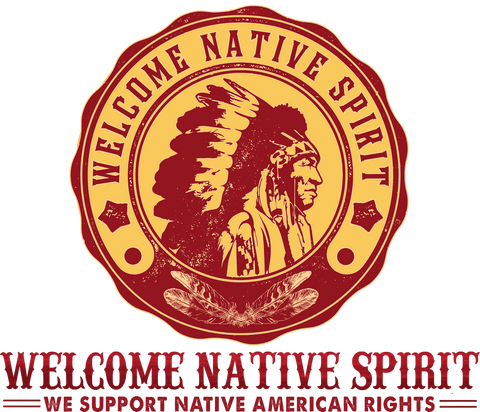

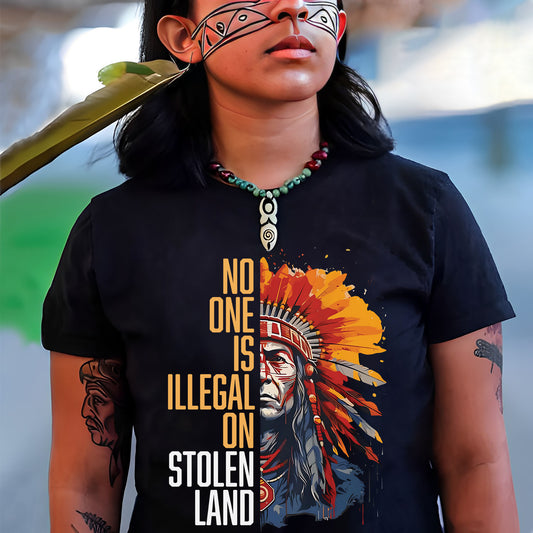
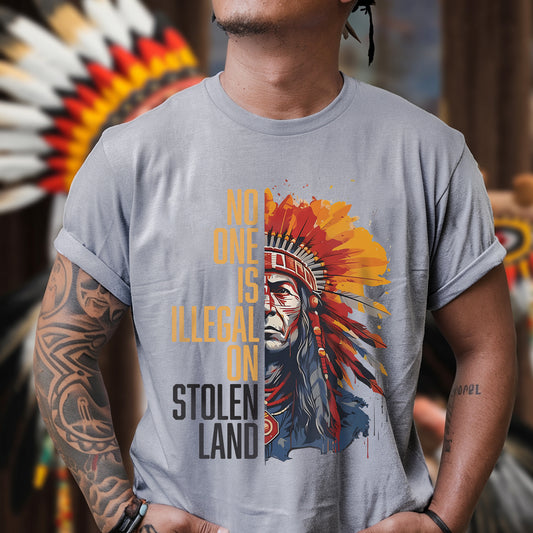
![[Two Sides] Trail of Tears The Deadly Journey Unisex T-shirt/T-shirt V-Neck/Hoodie/Sweatshirt](http://welcomenativespirit.com/cdn/shop/files/20_2bae9cf5-c07c-4ea5-a8ea-de74aa71325d_533x.jpg?v=1757466962)
![[Two Sides] Trail of Tears The Deadly Journey Unisex T-shirt/T-shirt V-Neck/Hoodie/Sweatshirt](http://welcomenativespirit.com/cdn/shop/files/gray_-2side_b51af6c7-cea9-4004-90db-cb8d883be04a_533x.png?v=1759742586)
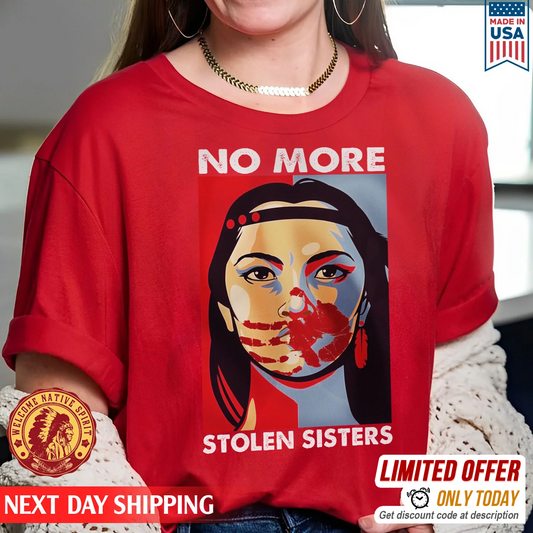
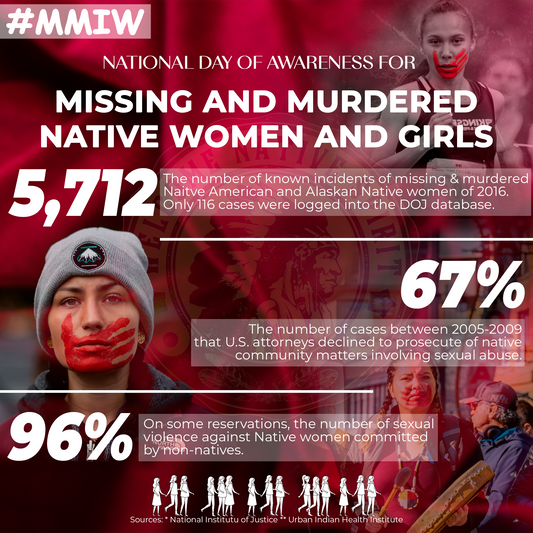
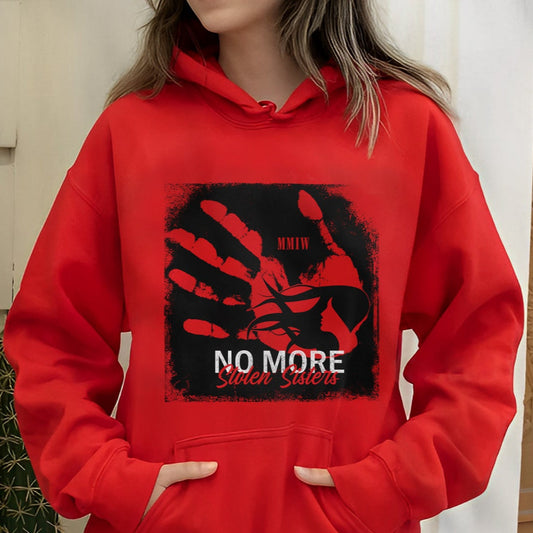
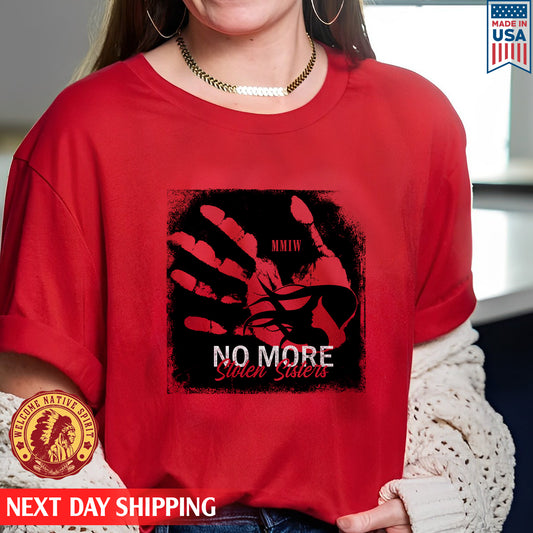
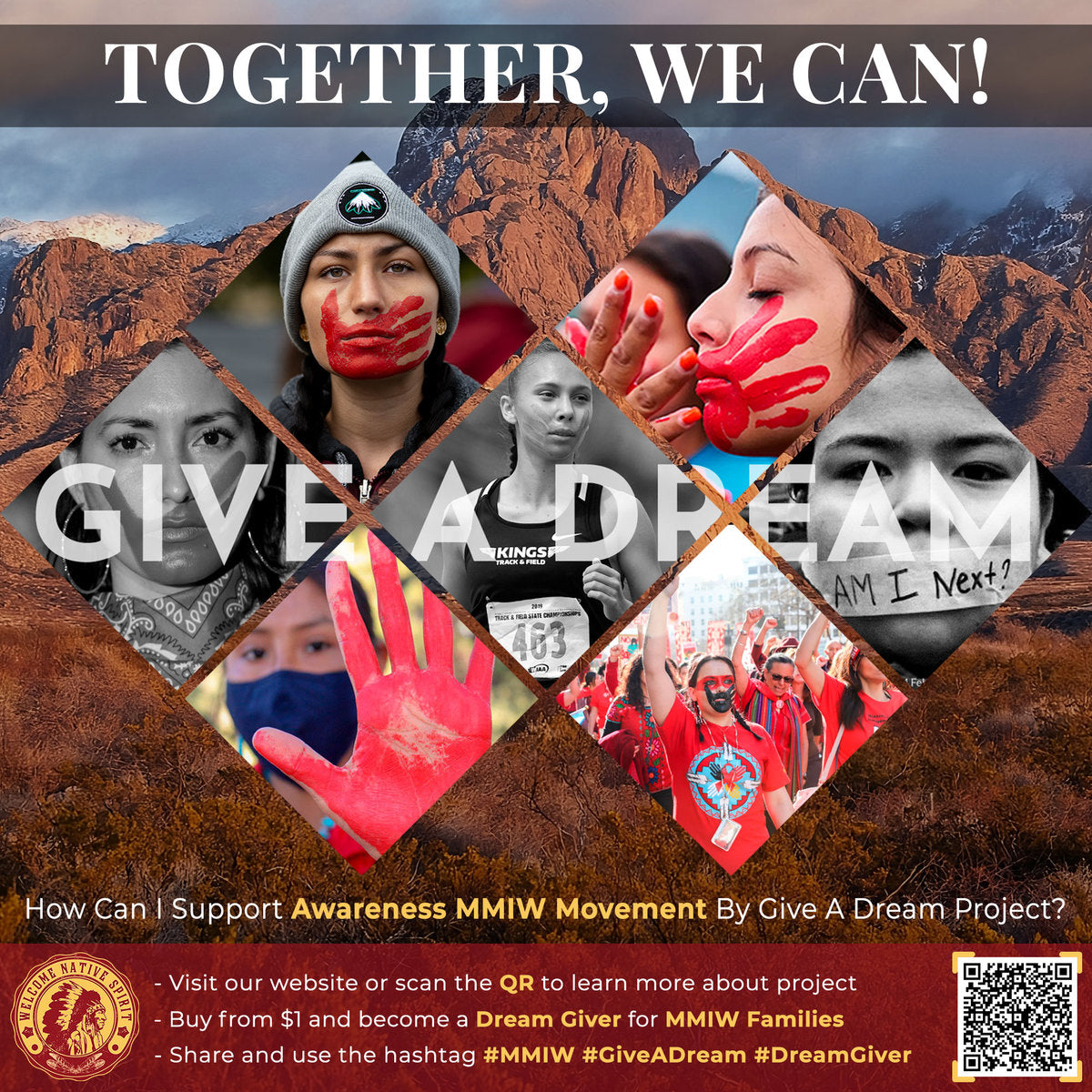
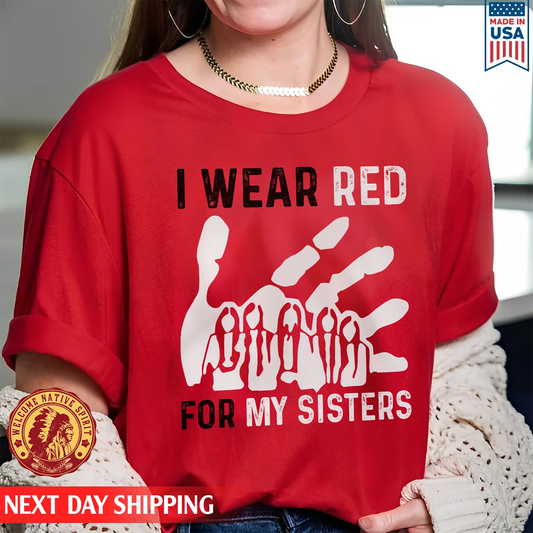
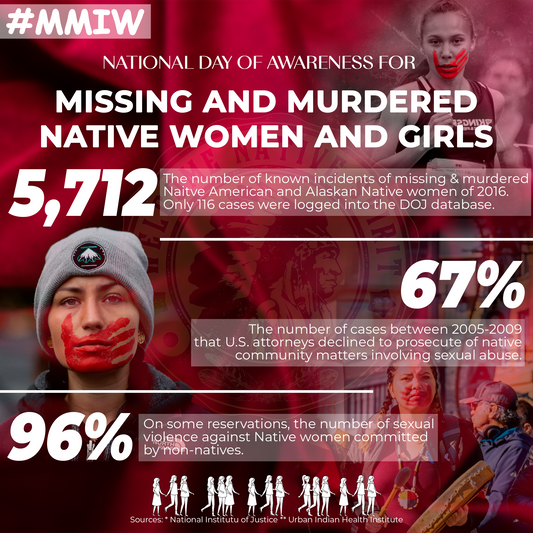
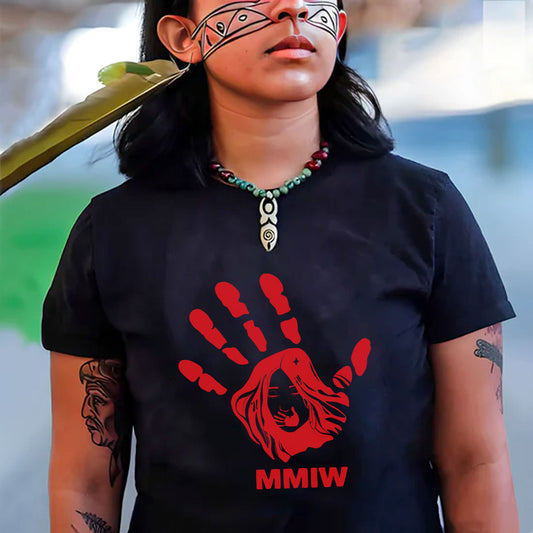
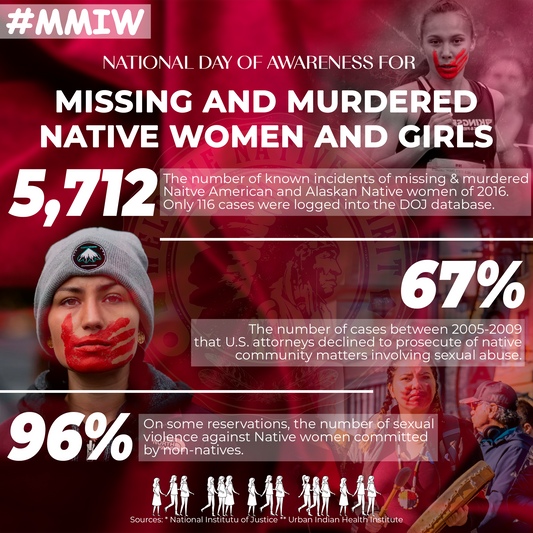
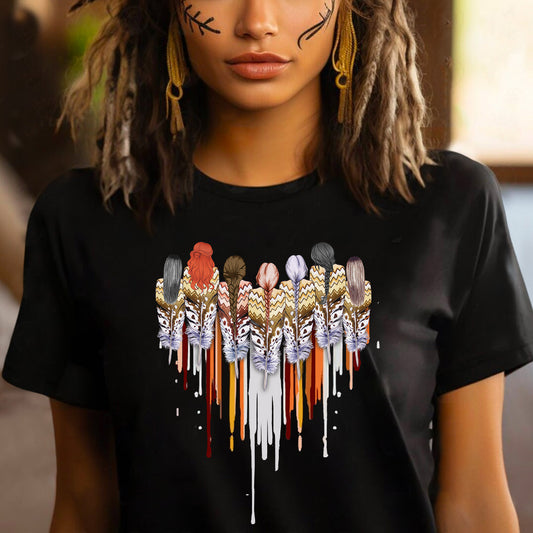
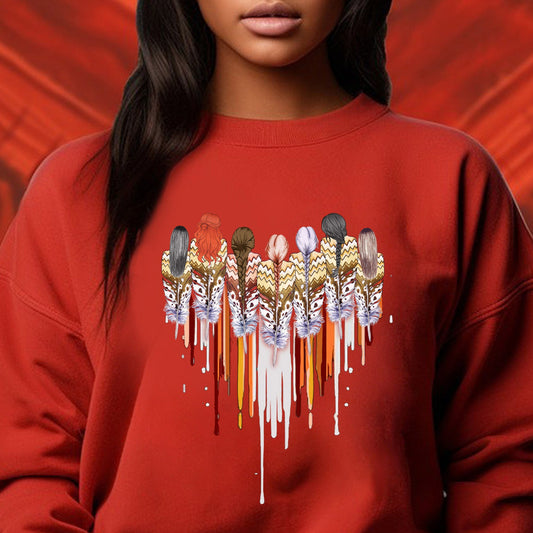
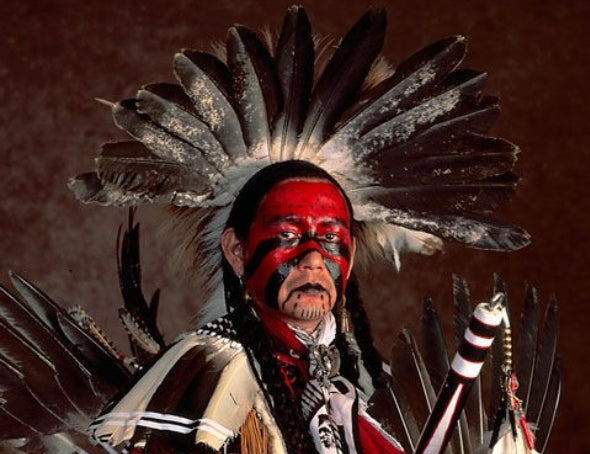

4 Comments
Hello, I am a being that feels deeply for the gennoacide, oppression, rape and missing indigenous peoples. Is it misappropriation for me, white woman, to wear a t-shirt to say “No More Stolen Sisters” when I’m not indigenous? I sent money, things on the Amazon list and much to South Dakota during the Standing Rock camps. My in-laws live several hours from there and it has been an uphill battle teaching, educating, and trying desperately to get them to understand the inhumanity of their perceptions of indigenous peoples. How can I help? Can I put a sticker on the back of my car? How can I be an ally ?
Very informative article. I went to Crow Fair in Montana this past summer and learned about the handed down patterns from one of the members of the Chief Plenty Coos Honor Guard. Thank you for sharing this information.
Miigwech
Very informative…Thank You